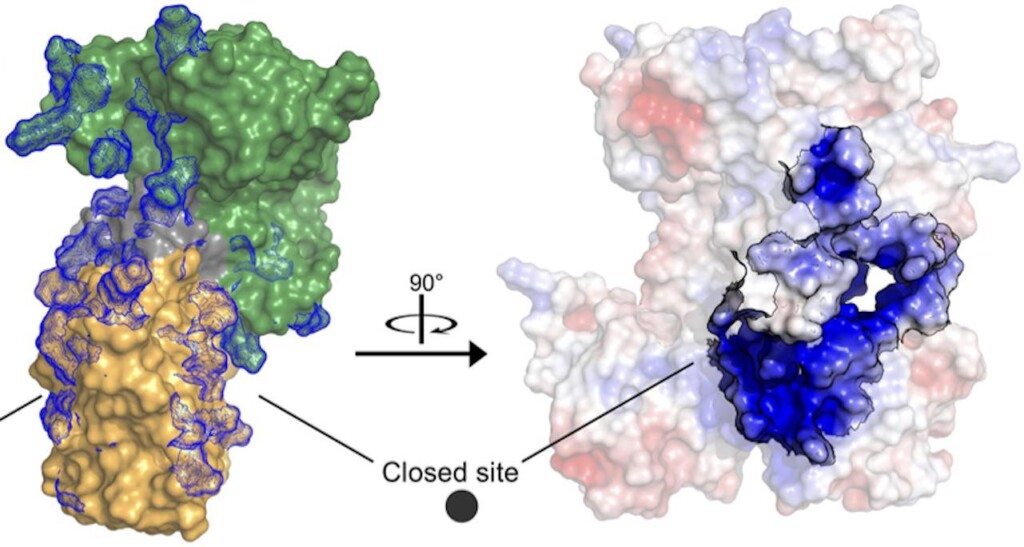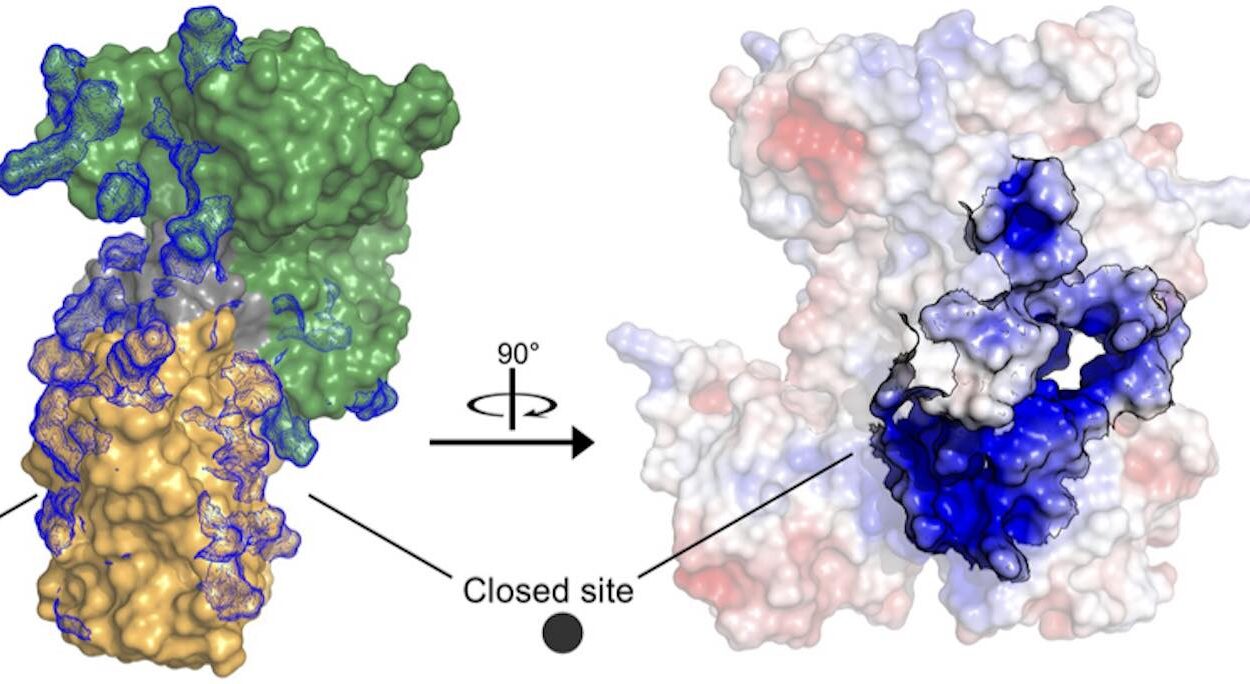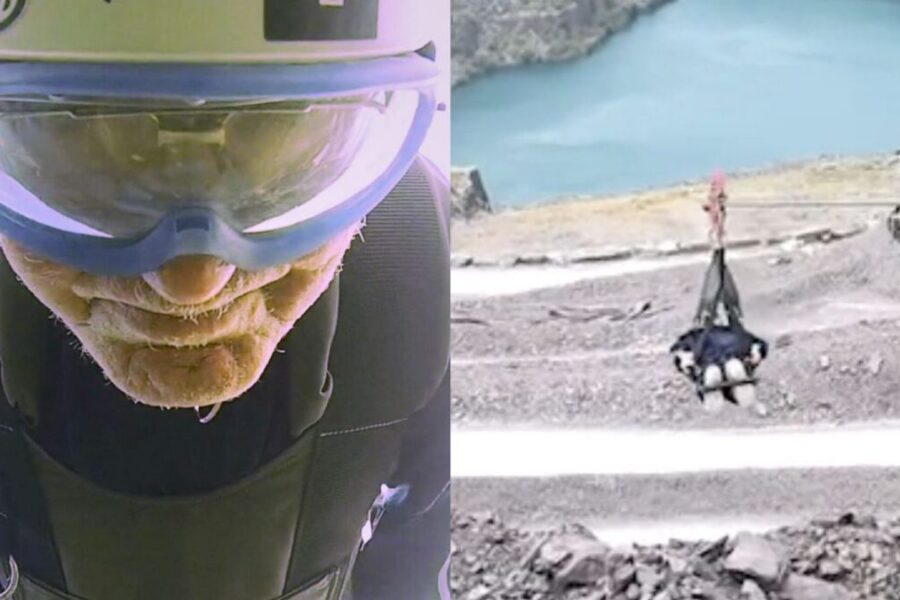Hold your breath as we dive into the world of a unique protein, DdrC (DNA Damage Repair Protein C), with the power to halt DNA damage in its tracks. This remarkable discovery, brought to light by the brilliant minds at Western University, could revolutionize everything from cancer vaccines to drought-resistant crops.

While human cells perish if they encounter more than two breaks in the billion base pair genome, DdrC steps up to the plate. It helps the cell to repair hundreds of broken DNA fragments into a coherent genome. This groundbreaking discovery was made possible by the Canadian Light Source at the University of Saskatchewan, which helped determine the 3D shape of this superhero protein.
But wait, there’s more! DdrC is a lone ranger, performing its function without any need for other proteins. It patrols for breaks along the DNA and upon detection, it snaps shut like a mousetrap. This action neutralizes the DNA damage and prevents further harm while signaling the cell to initiate repairs.
When introduced to a different bacterium, E. coli, DdrC made it over 40 times more resistant to UV radiation damage. The intriguing question is – could this gene be introduced into any organism – plants, animals, humans – to enhance their DNA repair efficiency? That’s exactly what our researchers are exploring next.
“The ability to rearrange, edit, and manipulate DNA in specific ways is the holy grail in biotechnology,” said Szabla. “Imagine having a scanning system such as DdrC patrolling your cells and neutralizing damage when it happens. This could form the basis of a potential cancer vaccine.”
The Western team is just warming up with their studies on Deinococcus. “DdrC is just one out of hundreds of potentially useful proteins in this bacterium. The next step is to dig deeper, to explore what else this cell uses to fix its own genome – because we’re sure to stumble upon many more tools where we have no clue how they work or how they could be useful until we take a closer look.”
Imagine a world where cancer can be prevented before it even begins. Check out this video that explains this revolutionary discovery in a way everyone can grasp…
Join us in celebrating this monumental discovery! Spread the good news far and wide on social media…
Source: Good News Network





Leave a Comment